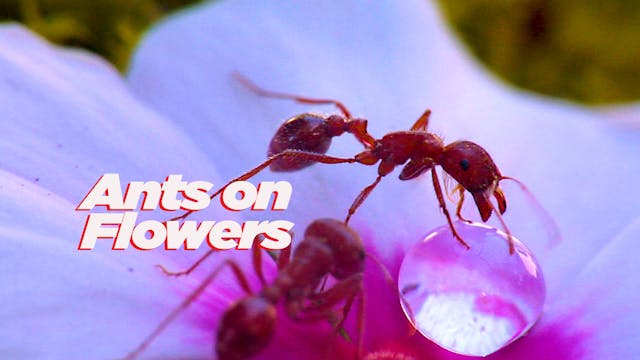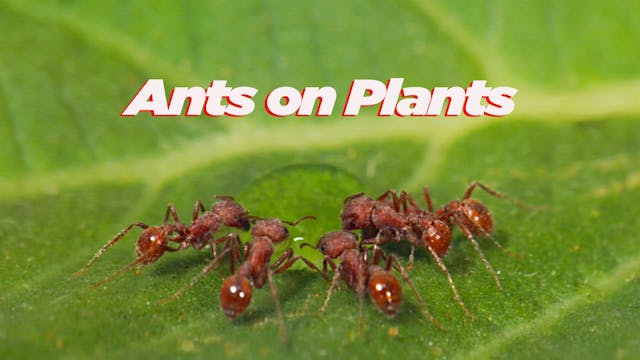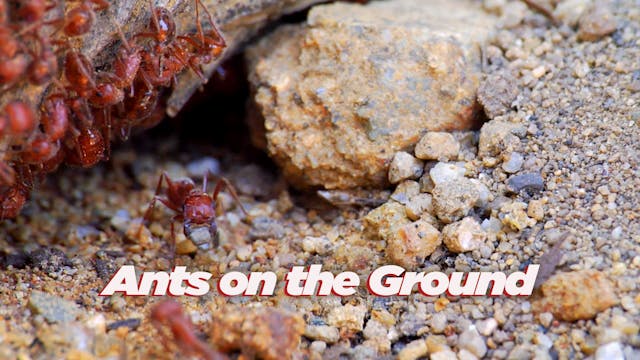Feathers | narrated
Living Beings
•
14m
Ornithologist Richard Prum shares his knowledge of the natural math of feather patterning. Simple feather patterns can be predicted using mathematical models called Turing reaction-diffusion equations. As a feather grows, each new cell must decide whether it will receive pigment or not, depending on overlapping chemical gradients and the pigmentation of neighboring cells. Richard Prum is the William Robertson Coe Professor of ornithology, and head curator of vertebrate zoology at the Peabody Museum of Natural History at Yale University.
Up Next in Living Beings
-
Ants on Flowers
Harvester ants search a lovely variety of flowers for nectar and water. Ants are attracted to sweet foods (as well as fatty), and these are on the lookout for flower nectar, along with hydration from giant water droplets. This program was made with assistance from Les Greenberg and the University...
-
Ants on Plants
Harvester ants climbing on plants, drinking from giant water droplets, and foraging for food. Ant colony members are constantly communicating with one another through their chemical language of pheromones, as well as tactile cues and even moving air molecules. To be able to drink the water, the a...
-
Ants on the Ground
Recording the anthill in its splendor of minute sprawling activities. A colony of Harvester ants patrols the ground, on-duty and at rest. An ant colony is optimized for efficiency, but that doesn't mean that all ants are working all the time. In fact, having a surplus of members is an important f...



